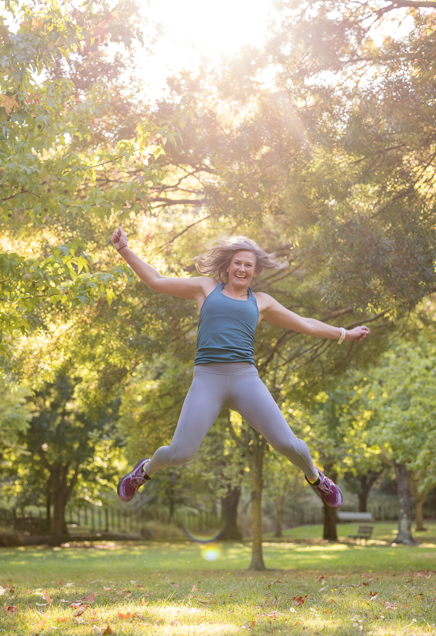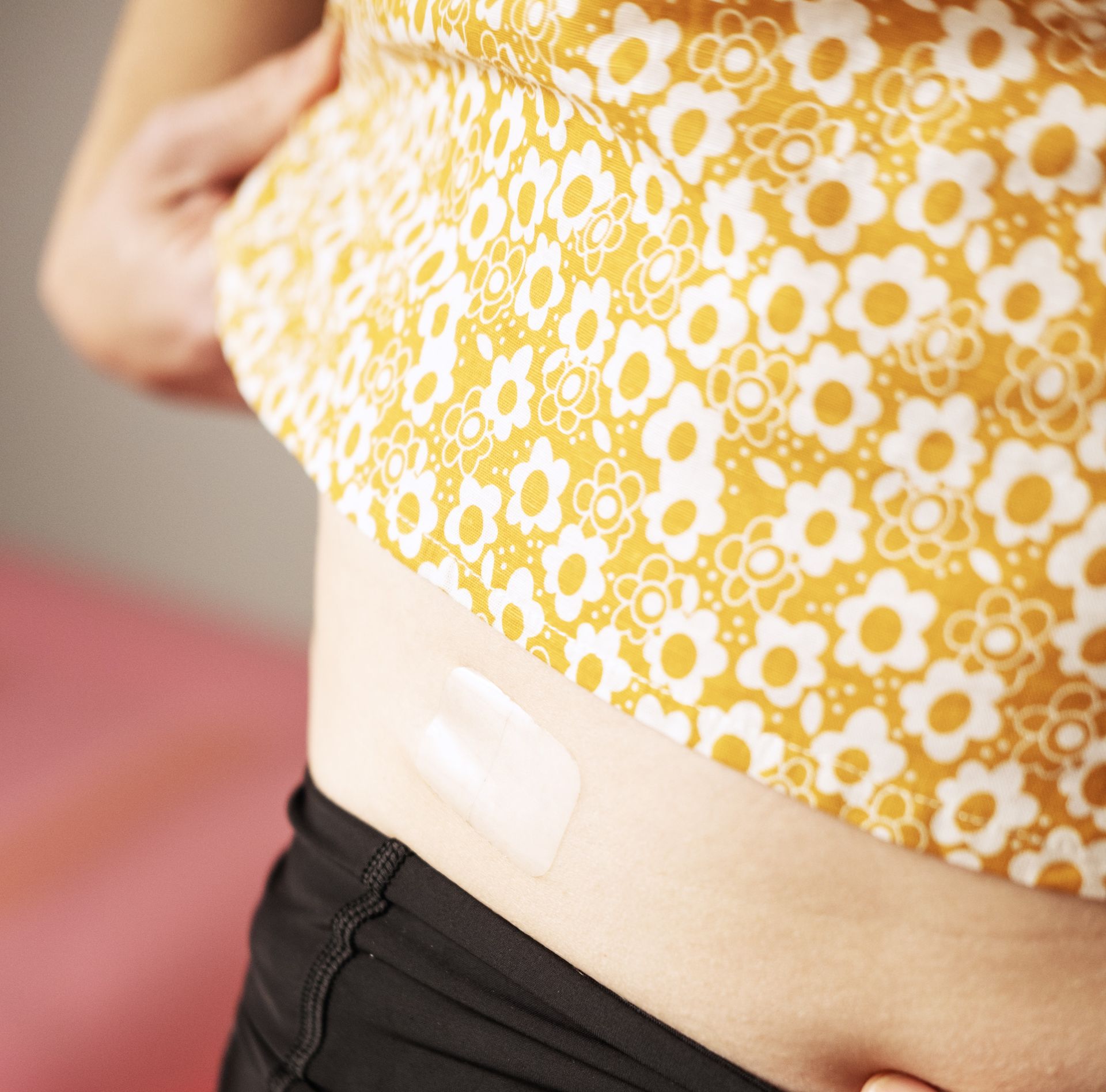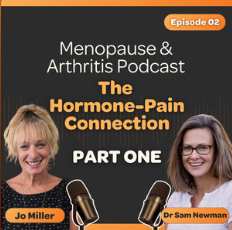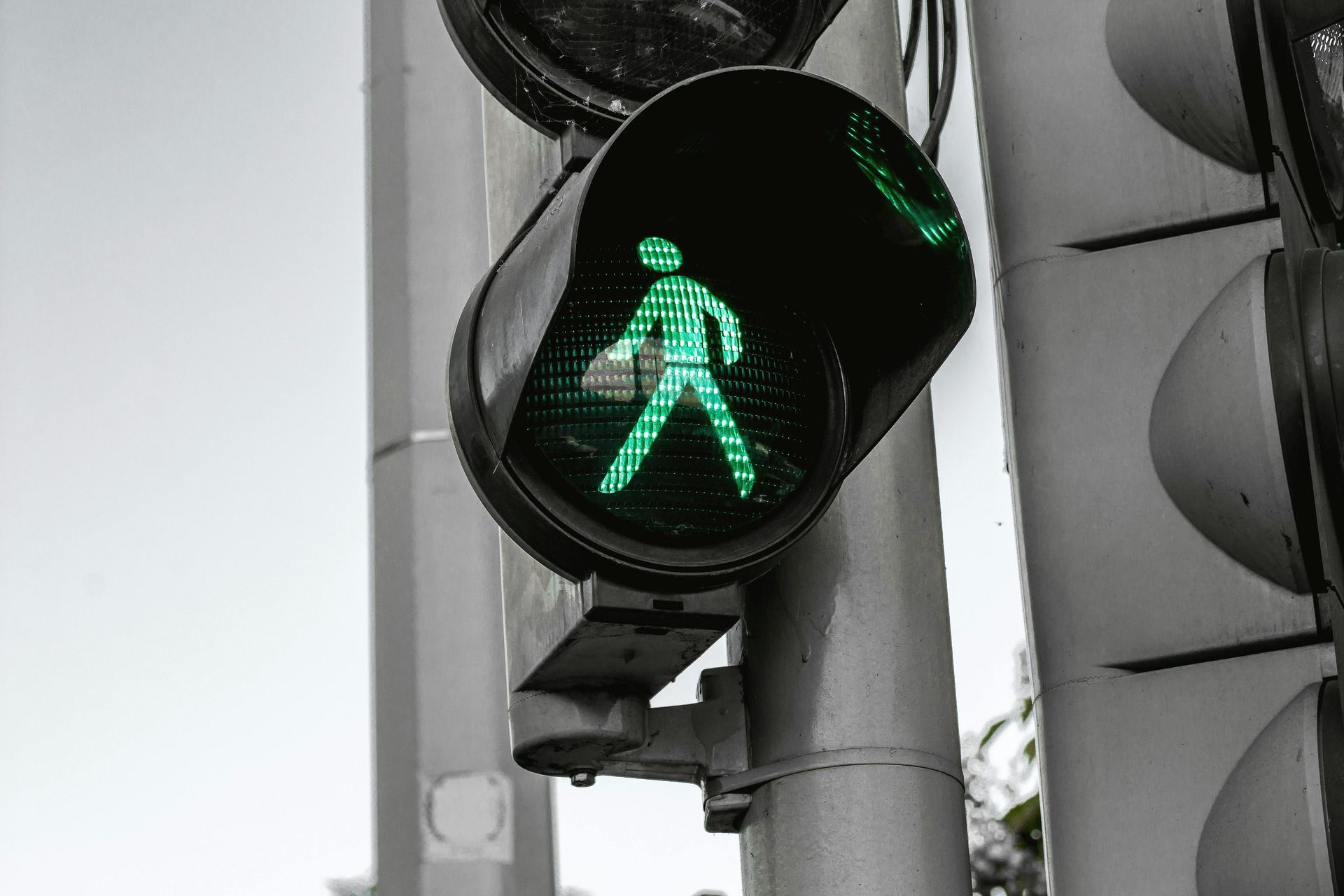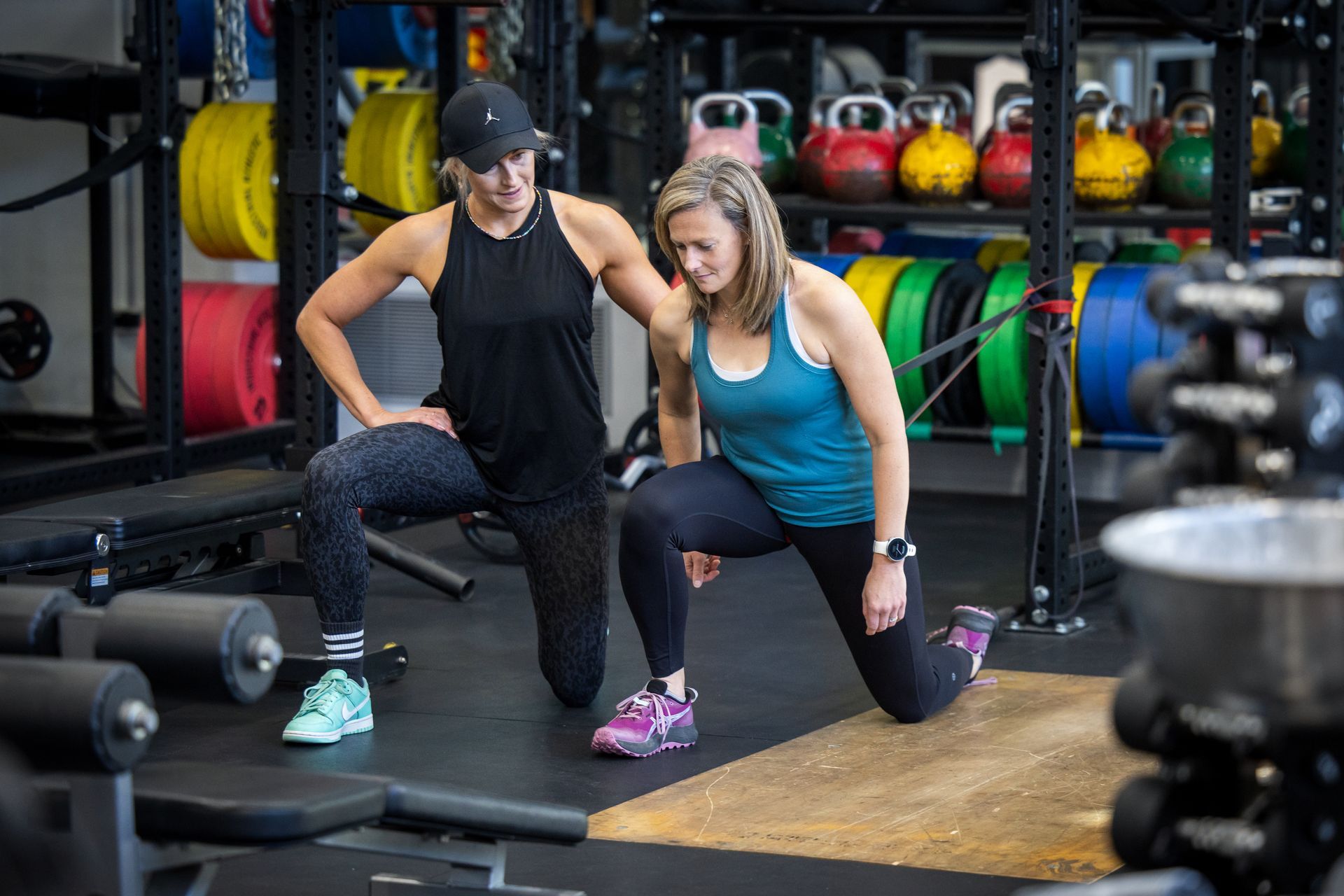Me and my bones
Why I Lift (and Jump)
I started lifting weights at 36. Not because I loved it, or felt ready—but because I’d spent the previous year telling every patient who would listen: “You need to lift weights. It’s one of the best things you can do for long-term health.”
Eventually, I had to ask myself: Why am I not doing it too?
So I started. Not with barbells or fancy programs, but with resistance bands and a wobble board in my lounge. I wanted to feel more stable, more connected to my body, and less like I was running on empty. It was slow, inconsistent, and imperfect—but it was mine.
Now, at 39, I know I’m in perimenopause. I also know that this is a critical time for building and preserving bone. Research shows that up to 25% of a woman’s lifetime bone loss can occur during late perimenopause and the few years after menopause. That’s huge. And for many, it’s silent—until a fracture or scan tells the story.
This is where lifting and jumping come in.
Stacy Sims talks often about the role of mechanical loading in preserving bone health. Estrogen helps keep bones dense, but when levels drop, bones become more vulnerable to resorption (breakdown) unless we replace that protective effect with something else: impact, resistance, and load.
You need force going through the bone to stimulate osteoblast activity (the cells that build bone). That means things like:
Lifting heavy (weights that are hard for you—think 6–10 reps max)
Plyometrics like jump squats or hopping
Rapid change of direction and ground reaction forces (not just gentle walking)
High-impact, low-repetition movements like those advocated by Tracy Clissold
Tracy Clissold’s research has focused on simple jumping protocols—like 10–20 jumps per session, just 3 times a week—that are shown to stimulate bone growth in postmenopausal women. These aren’t high-volume workouts. They’re brief, consistent signals to the skeleton that you still need it.
For me, this is about building bones and banking strength for later decades. I think of it as training for my own personal decathlon—the ordinary but essential physical tasks of later life: standing up from the floor, catching myself if I fall, picking up grandkids, climbing stairs with groceries.
But beyond all that—it’s about how I feel now.
I feel stronger. Calmer. More present. I can chase my daughter, race her through obstacle courses, even do cartwheels beside her. The gym has become my sanctuary—a place where I’m not a mum, not a doctor, just a woman lifting and moving with people who show up for themselves too.
I still use bands. I still wobble. But I also jump. I lift. I sweat. And I feel ready.
Bring on the school mums’ running race.
I’ll be there. Shoes laced. Bones loaded. Joy fully intact.

